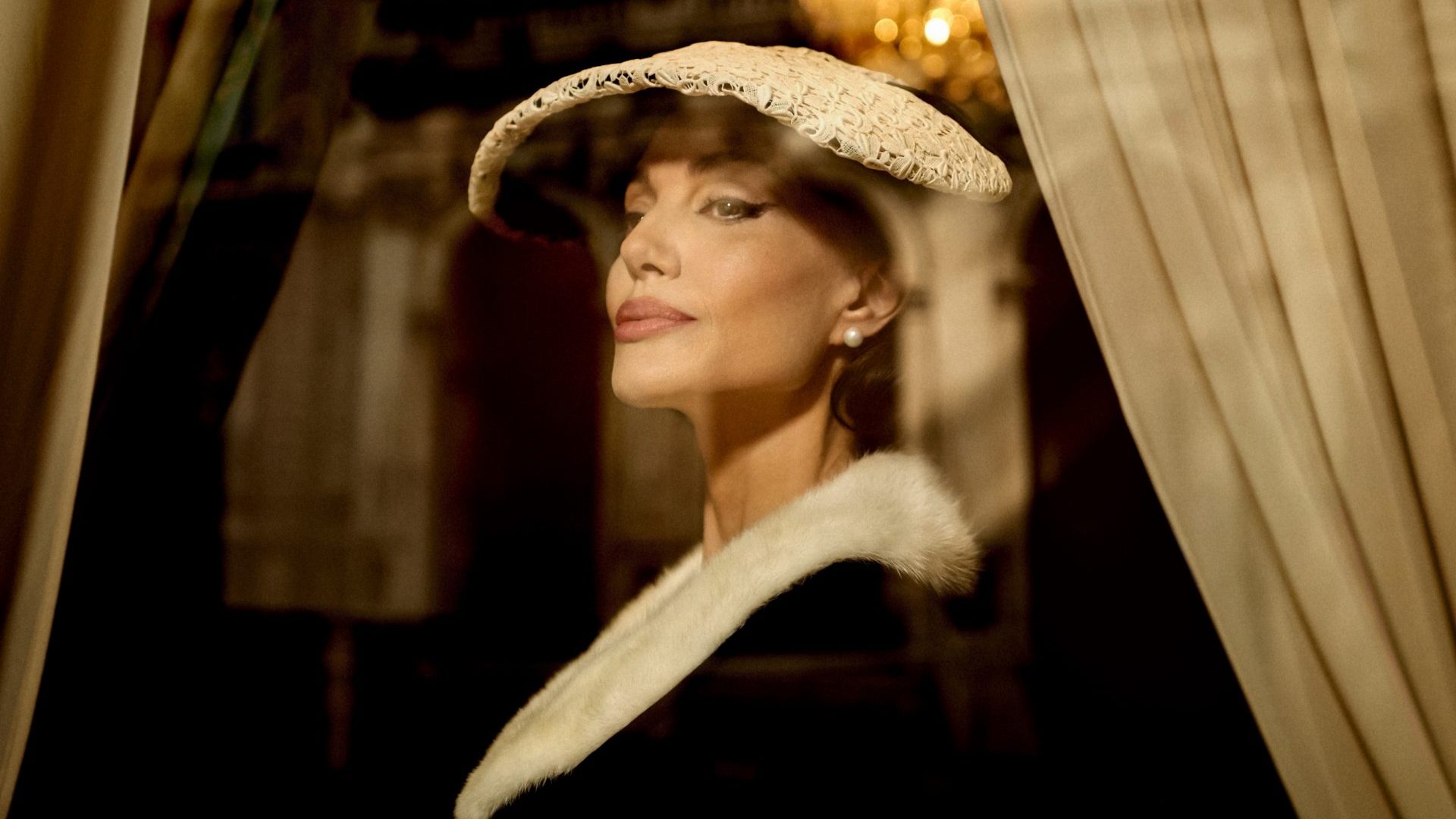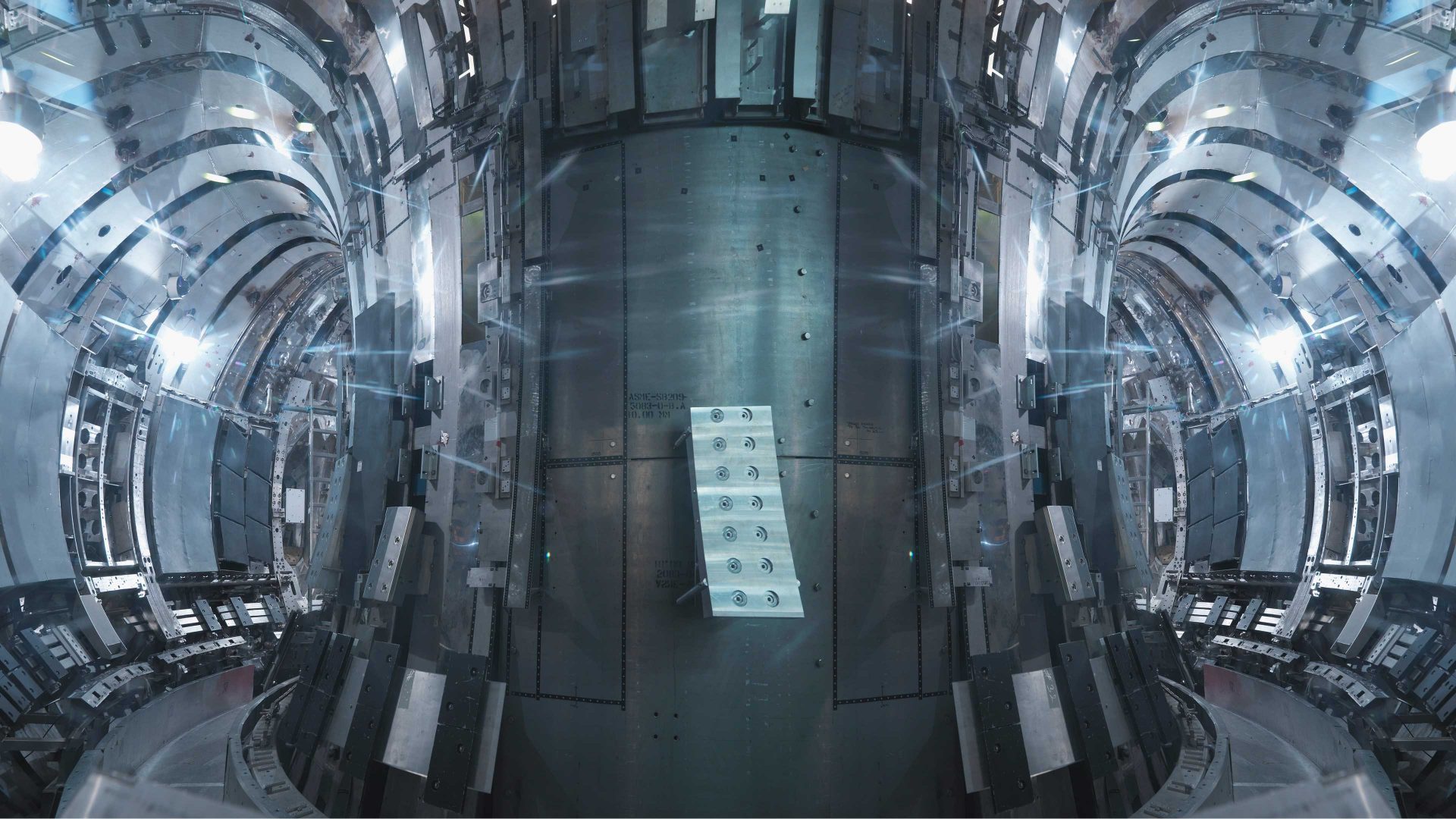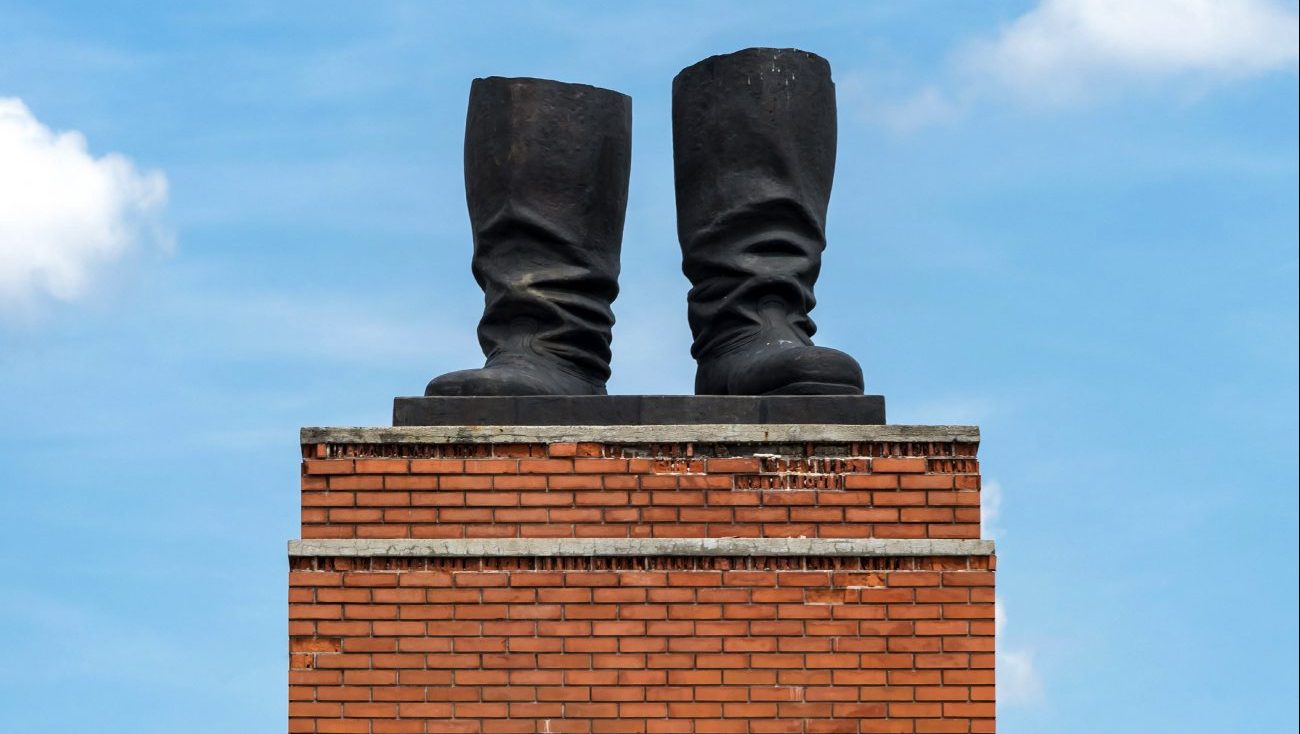Clip reels of the really great film stars are fun. And short. We were treated to some speeded-up classics on opening night here at the 81st Venice Film Festival, packing in the highlights of the spectacular careers of Sigourney Weaver, who was receiving a Golden Lion for that career, and of Isabelle Huppert, often dubbed “The Queen of Cannes” but who is lending the Lido her status as this year’s jury president.
Ghostbusters, Alien, Working Girl, The Ice Storm: it’s amazing how quickly you remember the whole movies when the most fleeting images flash up, like visual madeleines. I was delighted to see them include Weaver’s two-second screen debut, as Woody Allen’s willowy cinema date at the end of Annie Hall (he’s taken her to see The Sorrow and The Pity). You really can say a lot in a couple of seconds on the big screen.
Huppert’s reel was even more impressive, from The Lacemaker to Heaven’s Gate, to Madame Bovary, The Piano Teacher, Elle and even Mrs Harris Goes to Paris, she runs through the best European cinema like the stick of rock her flinty characters can resemble.
You can say a lot with one shot. Sadly, not all movies remember this and they are getting longer and longer at festivals these days, as if length were a way to counter the threat that series now pose.
Directors whose films once premiered proudly here are now indulged with full-length screenings of their new six-, seven- or ten-part series: Alfonso Cuarón, Joe Wright, Thomas Vinterberg all displaying their virtuosity over hours and hours. I’d rather watch movies getting their point across, their stories done.
American actor-turned-auteur Brady Corbet showed The Brutalist over 215 minutes (that’s over three and half hours, plus an interval). Nobody has that much time. Hence the clip reels.
And Venice is certainly the place where they start readying the clips for your upcoming Oscar campaigns. Angelina Jolie entered many people’s award race with her performance as opera diva Maria Callas in Maria, another film from Chilean director Pablo Larraín to follow his caged-bird portraits of Jacqueline Bouvier Kennedy in Jackie (premiering here in 2016, with Natalie Portman going on to be Oscar-nominated) and Princess Diana in Spencer (premiering here in 2021, with Kristen Stewart going on to be Oscar-nominated.)
So Jolie clearly has a red carpet stretching out for her from Venice all the way to Hollywood next March, peppered with opportunities for her to talk about her immersion in the part of Callas, which involved training for seven months to sing. Reader (and listener), she’s no Maria Callas, I can tell you that.
The film didn’t work for me at all, focusing on the last week of the diva’s life, in 1977, living in her apartment in Paris with her memories and pills and feverish flashbacks, looked after by a faithful butler, played by Italian actor Pierfrancesco Favino, constantly moving the grand piano about the place should the caged bird decide to sing again. I couldn’t help feel there’s something misogynistic in Larraín’s depictions of these damaged women, all driven to drugs, diets and madness by the men in their lives.
Jolie is, of course, highly watchable as Callas, although I was always aware I was watching Angelina Jolie. And when you see the inevitable real-life clip reels of the singer herself over the closing credits, you’re struck by how Jolie looks nothing like her, particularly failing to convey any sense of the opera star’s greatness in performance on stage, not even in audio and the lip-synch shots that resemble Sinéad O’Connor’s NothingCompares 2 U video. No moments make the soul tingle or soar, not even in these famous arias. So you wonder why you’re watching this story at all.
For my early money, Nicole Kidman will be a threat on Oscar night. Her performance in Babygirl is the best thing she’s done this decade, shining in a bold and sexy movie as a super-successful tech CEO called Romy, who, in search of fulfilment, embarks on a dangerously sexual affair with an intern, played by Harris Dickinson with such a lick of mischief on his face you feel guilty just looking at him.
Directed and written by Dutch actress Halina Reijn, this is surely a film to spark conversation and push buttons, a film about female orgasm and secret desire, that might well take its place alongside erotic thrillers of the past including Steve McQueen’s Shame, with which it shares club and sex scenes of the New York night, and Basic Instinct, with which it shares an “upskirt” scene.
Romy’s suffering husband in this, a successful theatre director, is played by Antonio Banderas, who can of course refer to his own clip reel of Almodóvarian erotica, from Tie Me Up! Tie Me Down! to The Skin I Live In.
And it’s not just about the erotic, because Babygirl poses real and probing questions about consent, sexual satisfaction, power, workplace bullying, trust and body politics. Babygirl is a movie that oozes cool credentials while wearing them lightly, including a music score by White Lotus composer Cristobal Tapia de Veer, fashion by Kurt and Bart, some upscale New York property porn and a sex scene set to George Michael’s Father Figure, packing all its punches in a slick couple of hours that leave you panting and thinking. That’s how you outdo a TV series.
It always fascinates me how people in movies find the time to have affairs. How does anyone these days, with so many TV shows to watch? Kidman’s full CEO diary in Babygirl makes it difficult to bunk off for seedy hotel carpet sex, but she finds a window – before getting squished up against it from behind.
French film Trois amies is all about affairs, liaisons and histoires, but is far less explicit than Babygirl, the infidelities more cerebral and emotional than physical. The women of the title are Rebecca, Alice and Joan (Sara Forestier, Camille Cottin and someone called India Hair), all mates in Lyon but all somehow cheating on each other, in thought or in deed.
Rebecca, for instance, is sleeping with Alice’s husband, while Joan is getting close to the new French teacher (Damien Bonnard) at the school where she and Alice work.
Directed and deftly written by Emmanuel Mouret, it’s a roundelay of soul-searching stories, all interwoven and played out in dappled Lyon locations, reminiscent of Rohmer and, mostly, of peak ’80s Woody Allen, in particular Hannah and Her Sisters (Joan even has a Mia Farrow look about her). The characters – variously teachers, composers, artists and publishers – wander around parks, galleries, museums, cinemas and their tight little apartments, brushing their teeth, lying to their husbands and kvetching about love and loyalty.
It feels slight at first – to the point where I wonder if it will ever be released in the UK – but I have to say its chatty charm, tinkly piano and total Frenchness won me over entirely, and Forestier and Cottin deliver lightly comic performances to cherish.
The other French film on the Lido was Leurs enfants après eux (Their Children After Them), a ’90s-set coming-of-age drama with strong echoes of Shane Meadows’ This Is England films, featuring a simmering feud between a local white kid and an Arab neighbour in an unpretty, post-industrial town somewhere in the Vosges.
Told in a series of summers (’92, ’94, ’96 and the World Cup-winning ’98), there’s also an unsuccessful love affair with a girl from the wealthier part of town and slightly unconvincing stuff from Ludivine Sagnier and Gilles Lellouche as working-class parents fighting, smoking and drinking.
Two grandes dames of the festival scene dial up the melodrama in Pedro Almodóvar’s first English-language feature, The Room Next Door, a two-hander between Julianne Moore and Tilda Swinton. They play Ingrid and Martha, old colleagues from partying days on an ’80s New York magazine, now reuniting when Martha reveals she’s dying of cancer and wants Ingrid to help her end things.
It’s gorgeous stuff, elegant Manhattan apartments and outfits in blocky pantone colours (Tilda’s chunky green roll neck, Julianne’s caramel leather coat) with a trembling score from Alberto Iglesias and references to James Joyce’s The Dead and, for the third or fourth time this Venice, clips of Buster Keaton as if to call on the ghosts of cinema past.
But as I was watching these two excellent colour-coded actresses reclining and chatting about death on colour coordinated sunloungers at an upstate architectural gem, it struck me, rather late I fear, that I hadn’t seen a person of colour on the big screen here. And hardly any on the red carpet.
The lack of diversity is shocking. Apart from Sophie Wilde as Kidman’s assistant in Babygirl and Jurnee Smollett in The Order (a film about white supremacy, for Chrissakes), no black faces have been shown, let alone black stories told or directed.
How can anyone programme a major festival without addressing or acknowledging such colour-blindness? How can anyone engage with the future of cinema if they’re ignoring representation of artists and audiences of colour? It is shameful and embarrassing – this is unconscious bias at best, institutional racism at worst, and it needs calling out. Even the Brazilian film, I’m Still Here, featured a white, middle-class family and consigned any black faces to the background – I’m not even sure the maid was black.
Which beings us on to my tips for awards in Venice, both from South America. Brazilian actress Fernanda Torres is magnificent as Eunice in I’m Still Here, the first film for some years from The Motorcycle Diaries director Walter Salles, whose 1998 hit Central Station earned Torres’ mother, Fernanda Montenegro an Oscar nomination. Torres could well repeat the family pattern.
You can compare the film to Pablo Larraín’s Chilean films and, most obviously, Alfonso Cuarón’s Roma, in its depiction of a well-to-do family (and their maid), set against political and social upheaval. The film is a pungent evocation of Rio in 1970, when the dictatorship government arrested over 20,000 people and made them “disappear”, particularly the case of Rubens Paiva, whose son Marcelo wrote the memoir on which this is based.
Starting in the sunshine and samba of Ipanema beach and warm family gatherings, the mood darkens as government agents swoop, the sense of threat and brutality exerting a chokehold on the viewer. Salles very skilfully makes a gripping film about history and memory, the importance of fragments and documents, photos and home movies, and of course, music – Gilberto Gil, Caetano Veloso are among the Tropicalia artists featured on a soundtrack of needle drops, their exile in London looming.
There’s more Latin swagger in Argentinian film Kill the Jockey, directed with distinctive style by Luis Ortega and featuring a tremendous performance from Nahuel Pérez Biscayart, who I haven’t really seen since that excellent Paris Aids drama 120 BPM. He’s a drug-addled jockey in the grip of gangsters at the Buenos Aires racetrack in a film which manages to be both surreally comic and uniquely moving, perhaps the most original-looking movie in competition here.
Nahuel would be an excellent choice for best actor. He’ll have to see off competition from bigger names, though, including Jude Law, who delivers his best performance in ages as FBI agent Terry Husk, a shell of a man sent to track White Supremacist activity in Illinois in the 1980s.
Directed by Australia’s Justin Kerzel (Snowtown, Macbeth), The Order boasts a True Detective-style blend of thrills and menace with chilling foreshadows of the current far right resurgence, a ruminative procedural with Law on the tail of Nicholas Hoult’s charismatic outlaw and rabble rouser. Marc Maron plays Jewish radio host Alan Berg, who was assassinated in Denver in 1984.
Wolfs, the starriest ticket of all, features George Clooney and Brad Pitt back together on screen and on a red carpet (by dint of some delicate festival scheduling, Brad and Angelina’s carpets did not cross) for a droll thriller about two underworld, lone wolf “cleaners” who find themselves fixing the same mess after a New York DA (Amy Ryan) finds herself in a compromising position involving a dead prostitute and a bag of drugs in a Manhattan hotel.
Brad and George banter and bicker like a screwball couple, and set off on a shaggy dog/wild goose chase around the neon-lit city involving Chinatown and warring Croatian and Albanian factions.
Their Butch and Sundance shtick feels like some sort of muscle memory, almost a tribute act to themselves, and to the movies.
On the surface, it’s all very entertaining with jokes about ageing, glasses and chronic back pain. But with Wolfs being funded by Apple, it also points, perhaps, to something more existentially weary, itself part of a deeper unease about the fading of movie star glamour.
Yet for now, for this Venice at least, the stars still flicker – even if the movies might soon be nothing but clip reels.




